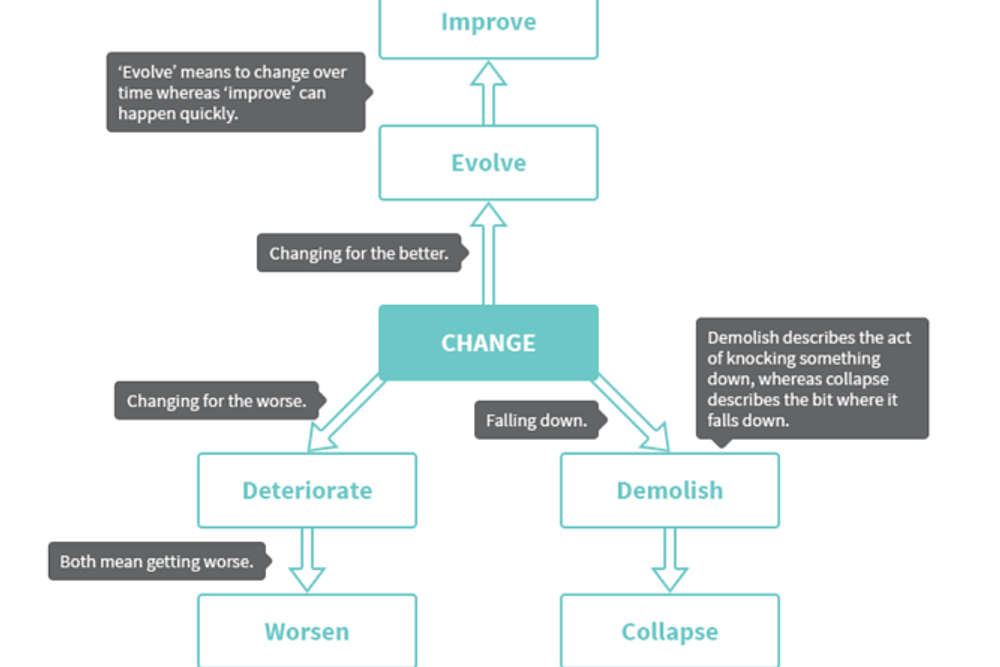Preparing for SATs
No matter the time of year, if you’re a primary school teacher, there’s probably one thing that’s always lurking in the back of your mind: SATs tests. For years, SATS have symbolised the most stressful period of primary school life. When changes to the national curriculum made exams even harder in 2016, few of us were cheering.
For the last two years, the reading papers have been especially tricky. In 2016, only 66% of students met the expected reading standard – a significant drop from the 80% who achieved equivalent scores in 2015. A year later, this figure went up to 71%, prompting Ofqual to admit that the 2016 paper was “unduly hard to access for at least some pupils.”
As welcome as these improvements are, a hefty 29% of learners are still finding the test to be a formidable challenge. How can we ensure they’re ready to face this challenge head-on?
1. Explicitly teach ambitious Tier 2 vocabulary
Okay, you probably won’t be surprised that my answer is to start implementing vocabulary curriculum. It’s my answer to a lot of things. But I’m not the only one saying it! As Laura Lodge from OneEducation notes, the proportion of vocabulary-specific questions in the KS2 reading paper hovers around the 20% mark. In this sense, Lodge concludes that vocabulary has been “a cornerstone of the reading test” for the past two years, requiring teachers to “increase children’s vocabulary to a level commensurate to the test” by creating a “word-rich environment.”
Of course, I couldn’t agree more.
But when it comes to creating this “word-rich environment”, we should think carefully about what words we teach. Namely, we should be focusing on Tier 2 vocabulary, which, as Isabel Beck explains, is made up of challenging but frequently-used words that need to be directly taught before they are understood. In the 2017 paper, some of the Tier 2 vocabulary that popped up were terms like “motivations”, “manouevre”, and “submerged”. It’s easy to imagine how a learner might see these words and doubt their ability to comprehend the text as a whole, which is why we can’t just hope they’ll figure out how to guess or pick up meanings independently.
We must teach words explicitly, so learners aren't shocked when they enter the exam hall.
2. Teach common roots and affixes
Obviously, we can’t teach every word in the English language, and we can’t predict all the vocabulary that will come up in the SATs papers. This is why, as we’ve discussed in a previous blog, affixes and root words should always be at the heart of any effective vocabulary curriculum.
Ultimately, the goal of vocabulary instruction is for language learning to become self-sustaining. By teaching your class about common roots and affixes, you enable them to recognise familiar patterns surrounding how words are made, allowing them to decode words independently. In the 2017 reading paper, for instance, a learner who already knew that the prefix ‘sub-’ meant ‘below’ or ‘beneath’ would have been able to easily deduce the meaning of the word ‘submerged’.
3. Help learners build semantic maps
When it comes to preparing learners for unseen texts, semantic maps should be a vital part of your vocabulary curriculum. The basic principle behind this activity is to explore how our words are connected by their meanings. To do this, you write one Tier 2 word at the centre of a mind-web, and then draw lines that connect it to other words you already know with similar or different connotations. Along the side of each line, you then explain how the connected words have related or dissimilar meanings.
And if you want to stretch learners even further, you could also try out what Mark Roberts has appropriately called ‘word spectrums’. In this activity, learners are able to investigate the effects of particular word choices by measuring them along a spectrum of criteria. In Roberts’ example, he rates words like ‘gouge’ on how nice or nasty their connotations are, compared to terms like ‘pop’ or ‘pluck.’

For the KS2 reading paper, the benefits of these exercise are twofold. First and foremost, thinking about synonyms and antonyms directly prepares your learners for questions that ask what term “most closely matches” the meaning of a word from the text. Secondly, new language is always easier to understand and retain when you are able to relate it to the words you already know. By encouraging your class to build and expand their framework of words, you enhance their ability to make links to Tier 2 vocabulary they may have never seen before. Nifty, right?





